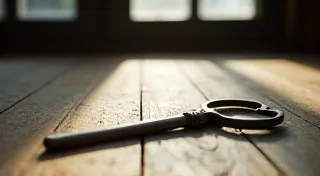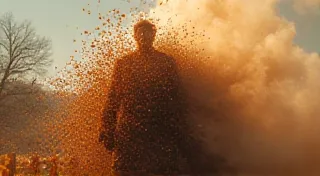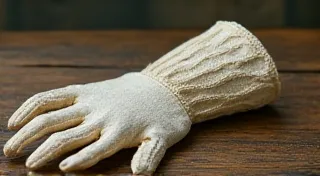The Cipher’s Secret: Deciphering Messages Left in Ribbon Patterns
There's a certain poetry to vintage typewriters. Not just in the click-clack rhythm of the keys, or the tangible feel of metal and ingenuity, but in the ribbons themselves. These aren’t just functional office supplies; they are silent witnesses to stories untold, repositories of lost correspondence, and, surprisingly, intricate canvases for coded messages. Restoring a vintage typewriter ribbon isn't just about preserving a functional object; it's about uncovering a potential key to a forgotten language.
I remember my grandfather’s study. It was a sanctuary of quiet industry, dominated by a sturdy Underwood Standard typewriter. He was a meticulous man, a history teacher who believed in the power of primary sources. He’s the one who first sparked my fascination with these machines, not just for their historical significance, but for the beauty hidden within their ribbons. He’s shown me how the subtle variations in ink distribution, the slight inconsistencies in the fabric's weave, could create unique visual patterns—patterns he sometimes used, just for fun, to encode small notes to my grandmother.
The Anatomy of a Vintage Ribbon & Its Unique Character
Modern typewriter ribbons are largely standardized, engineered for consistent performance. Vintage ribbons, however, were a different beast entirely. Crafted from silk, nylon, or even linen, the quality varied wildly, influenced by the manufacturer, the dyes used, and the manufacturing processes of the era. Early ribbons often exhibited a ‘bloom’—a slightly fuzzy appearance due to the dye adhering to the fabric—which added a character you simply don't see today. Even the color wasn't uniform. Shades could shift depending on the composition of the ink and the ribbon’s age, resulting in beautiful, nuanced tones.
Restoring a vintage ribbon isn’t always about bringing it back to a pristine state. Sometimes, it’s about preserving those imperfections, those subtle traces of history, that tell a story far more compelling than any perfectly reproduced version ever could. Think of the faint smudges, the occasional missing thread—these aren't flaws; they're character marks.
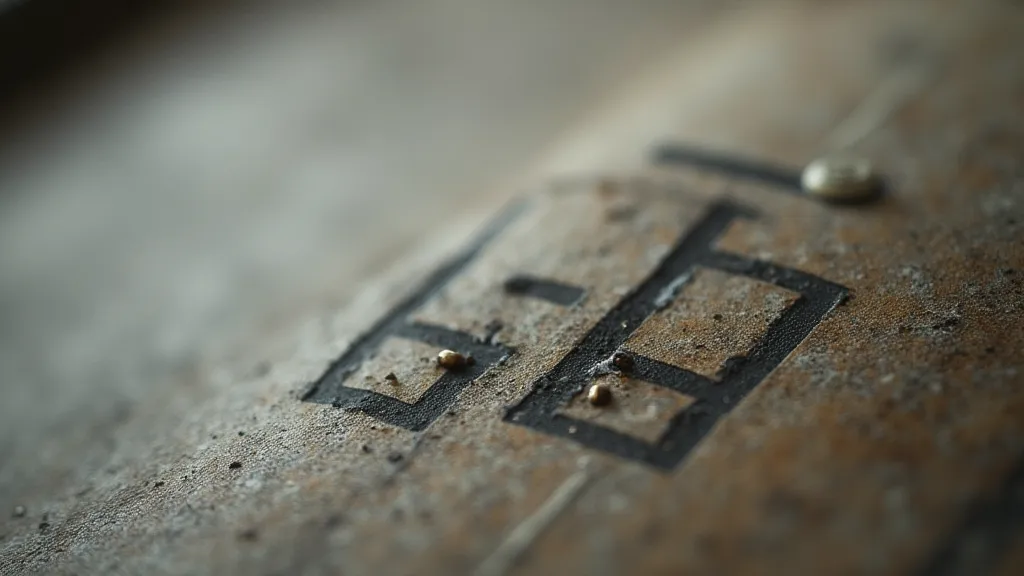
Ribbons as Ciphers: Unlocking Hidden Messages
My grandfather's playful use of these patterns ignited something in me: a desire to see beyond the literal. The ribbon wasn’t just delivering letters; it was capable of holding a secret. The way the ink bled slightly into the fabric, the tiny variations in the weave—these could be exploited to create a simple cipher. A slight shift in the carriage return, a deliberate imperfection in the printing—these seemingly insignificant actions could represent a coded message.
Consider this: the density of the ink on a particular section of the ribbon could represent a numerical value. The width of a horizontal line of text could correspond to a letter. A series of dots and dashes, reminiscent of Morse code, but rendered in the subtle textures of the ribbon itself. It's an analog form of steganography—hiding information in plain sight.
Of course, it wouldn't be as secure as modern encryption. But for a child's game, or a private note passed between lovers, it could offer a delightful level of secrecy. It demands a degree of observation and ingenuity, a connection with the physical object that's often missing in our digital age. And, understanding that possibility adds another layer of appreciation for the care and craftsmanship of antique equipment.
The Restoration Process: Gentle Care for Delicate Materials
Restoring a vintage typewriter ribbon requires patience and a gentle touch. Aggressive cleaning can damage the delicate fabric, stripping away the character that makes it so special. The goal isn't to make it look brand new, but to stabilize its condition and prevent further deterioration.
First, carefully remove any loose debris—dust, dried ink particles. A soft brush is ideal. Next, consider a light surface cleaning. Some restorers use a slightly dampened cloth with distilled water, but extreme caution is required. The ink is often embedded in the fabric, and harsh chemicals can cause significant damage. For ribbons exhibiting signs of mold or mildew, specialized archival cleaning solutions may be necessary, applied by a professional.
Storage is crucial. Acid-free paper sleeves and archival boxes provide a safe environment, shielding the ribbon from light and humidity. Avoid storing ribbons folded or compressed, as this can permanently crease the fabric.
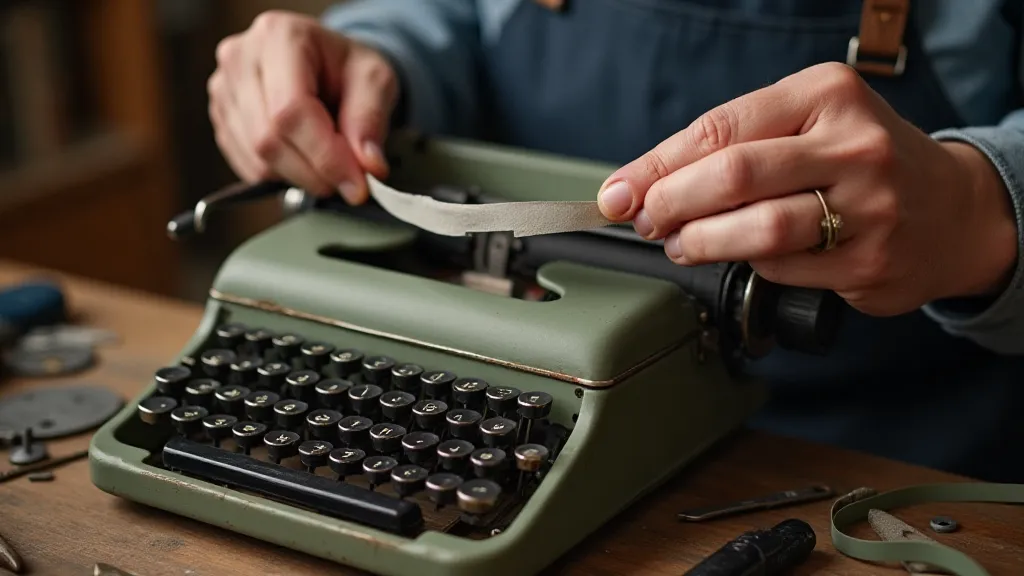
Beyond Functionality: A Connection to History
The restoration of a vintage typewriter ribbon isn’t just a technical exercise; it’s an act of preservation—of history, of creativity, of human connection. It’s a tangible link to a time when communication was slower, more deliberate, and imbued with a sense of artistry.
Think of the letters these ribbons have witnessed: love letters exchanged during wartime, important business correspondence, the creative outpouring of writers and poets. Each ribbon holds a fragment of a story, a whisper from the past. By restoring these ribbons, we're not just preserving an office supply; we’re safeguarding a piece of that history.
The Potential for Creative Coding and Artistic Expression
Beyond simple ciphers, the visual patterns inherent in vintage typewriter ribbons offer a canvas for artistic expression. Imagine creating abstract art based on the subtle variations in ink distribution. Or designing coded puzzles, where the solution is hidden within the ribbon's texture. The possibilities are limited only by your imagination. A deliberate "error" – a slightly misaligned print, an intentional smudge - can become a stylistic signature, a unique element of a coded message or artistic design.
Furthermore, the aging process itself – the fading of the ink, the slight yellowing of the fabric – can be incorporated into the design. These are not imperfections to be eradicated; they are elements of beauty, adding depth and character to the final product. Consider applying delicate stencils over the ribbon’s surface, creating layered patterns and textures that speak to the object’s history.
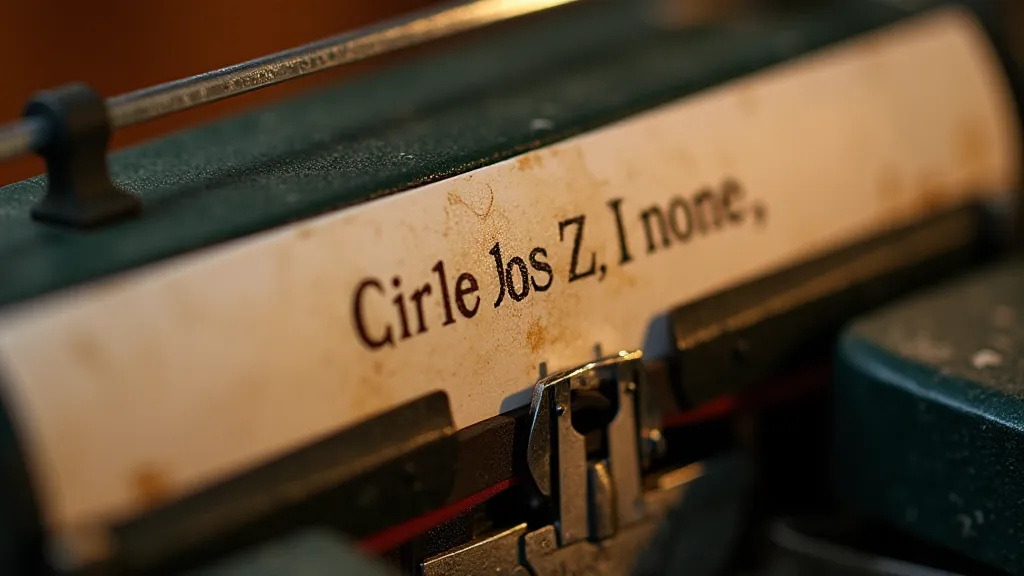
Perhaps the greatest reward in restoring and utilizing vintage typewriter ribbons is the feeling of connection – to the past, to the craftspeople who created these objects, and to the writers and thinkers who relied on them to communicate their ideas. It’s a reminder that even the simplest objects can hold profound meaning and unlock hidden secrets, waiting to be deciphered by those who take the time to look.

